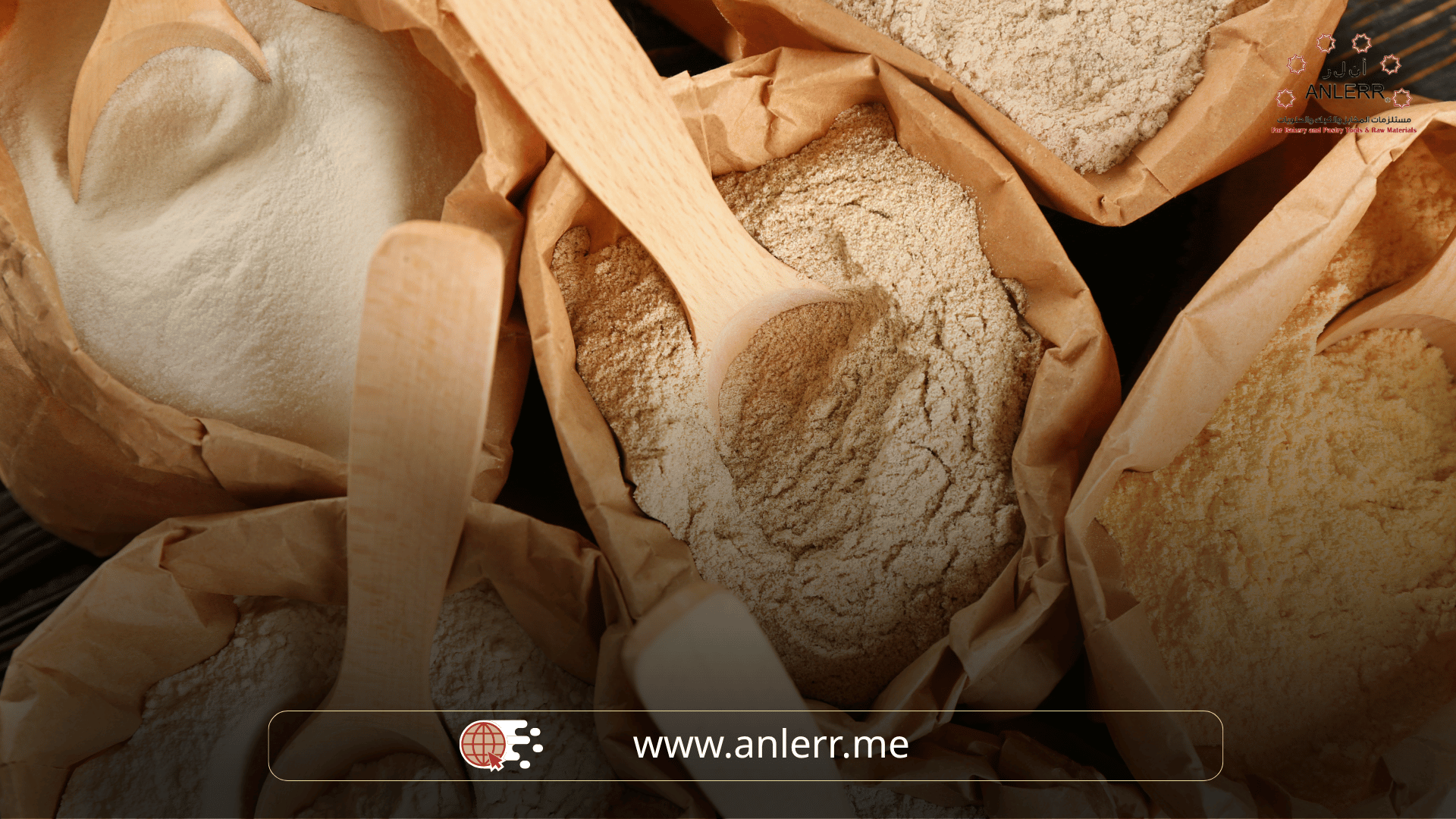Understanding Flour: Types, Uses, and Their Impact on Your Baking
When we think of baked goods, the first ingredient that comes to mind is flour—the essential component that forms the base of all types of bread, pastries, and desserts. However, many people are unaware that there are various types of flour, each with unique properties that greatly affect the texture, flavor, and appearance of baked goods. Using the right type of flour can make the difference between a successful recipe and a disappointing result.
In this article, we will dive into the world of flour, exploring its types, properties, uses in baking, and a statistic reflecting its global impact on the baking industry, followed by a section addressing frequently asked questions that matter to every baking enthusiast.
What is Flour?
Flour is a fine powder produced by grinding grains, typically wheat, but it can also be made from corn, barley, oats, or other grains and seeds. It is primarily used in making bread, cakes, cookies, and pastries. Its importance lies in its protein content (gluten), which gives dough its elasticity and structure.
Types of Flour and Their Uses in Baking
1️⃣ All-Purpose Flour
- Protein Content: 9%–12%
- Uses: Cakes, cookies, pastries, quick breads, some white breads.
- Features: Versatile, produces moderate texture, suitable for most recipes.
2️⃣ Bread Flour
- Protein Content: 12%–14%
- Uses: French bread, baguettes, sandwich loaves, pizza dough.
- Features: Creates a chewy texture with an airy crumb, perfect for strong bread structures.
3️⃣ Cake Flour
- Protein Content: 6%–8%
- Uses: Sponge cakes, cupcakes, white cakes.
- Features: Soft, fine texture that produces tender, light cakes without chewiness.
4️⃣ Pastry Flour
- Protein Content: 8%–9%
- Uses: Tarts, pies, croissants, delicate cookies.
- Features: Offers a crisp, flaky texture, ideal for tender pastries.
5️⃣ Whole Wheat Flour
- Protein Content: ~13% (less effective gluten)
- Uses: Healthy breads, muffins, some cookies.
- Features: Rich in fiber and nutrients, adds a nutty flavor but requires liquid adjustments in recipes.
6️⃣ Self-Rising Flour
- Features: Contains added baking powder and salt, used for quick recipes without yeast.
- Uses: Pancakes, biscuits, quick cakes.
- Features: Time-saving but less control over leavening.
7️⃣ Oat, Almond, and Coconut Flours (Gluten-Free Alternatives)
- Uses: Healthy bakes, gluten-free bread, specialty cookies and cakes.
- Features: Gluten-free, may require binders like xanthan gum or extra eggs for structure.

Statistics: The Impact of Flour Type on Baking Quality
A 2022 study by the American Institute of Baking Sciences revealed that:
- 70% of home baking failures were due to using the wrong type of flour.
- Awareness of flour types and proper usage increases recipe success rates by 85%.
- All-purpose flour remains the most widely used flour globally, while the use of whole wheat and healthy alternatives is growing by 12% annually due to rising health-conscious trends.
How to Choose the Right Flour
To select the appropriate flour, ask yourself:
- What type of baked good am I making?
- Do I need a tender or chewy texture?
- Am I considering nutritional factors (fiber, gluten-free)?
- Do I need self-rising flour, or do I want to control the leavening myself?
Frequently Asked Questions About Flour
1️⃣ Can I substitute cake flour with another type?
Yes, you can use all-purpose flour with slight modification: for each cup, remove 2 tablespoons of flour and replace with 2 tablespoons of cornstarch to achieve a lighter texture.
2️⃣ Is whole wheat flour suitable for all recipes?
Not entirely. Whole wheat flour is heavier and may make baked goods denser. It’s best to use a 50/50 mix with white flour in sensitive recipes like cakes and cookies.
3️⃣ What is the health difference between white flour and whole wheat flour?
Whole wheat flour retains the bran and germ, making it richer in fiber and vitamins, while white flour is more refined and softer but loses some nutritional value.
4️⃣ Can I use self-rising flour instead of all-purpose flour?
You can, but you must adjust your recipe by removing or reducing the baking powder and salt, as self-rising flour already contains these.
5️⃣ Does flour storage affect its quality?
Yes, flour should be stored in an airtight container in a cool, dry place and is best used within 6–8 months. Whole wheat flour spoils faster due to its natural oils.
Conclusion
Flour is diverse, and each type plays a specific role in the baking world. Choosing the right flour is just as important as choosing any other ingredient and is the first step toward a successful recipe. From all-purpose flour to healthier alternatives, every baking enthusiast should be familiar with the characteristics of each type.
Understanding the nature of flour and how it affects texture and flavor will give you greater freedom to experiment with recipes and achieve perfect results. In an era of expanding dietary options, flour is no longer just a white powder but a rich world waiting to be explored.

